#senseofspace: the story teller...👀
- Laura Antoni

- Jun 4, 2020
- 3 min read

Photography has been used as a way of telling stories for as long as the medium has existed. In its simplest form, a single photo in a newspaper fits into this category. One image attempting to capture the essence of the written story sharing its page. In it’s longer form, a series of photos tells a larger story.
A photograph will capture & freeze a moment in time whilst conveying an emotion, expressing a mood, sharing an idea & telling a narrative. All key elements of storytelling.
Photos can be used to tell many stories; from travels around the world to family holidays. A year of your own life to documenting the last years of an elderly relative.

Memories of our experiences connect with one another and they are the basis of who we are as individuals. Memories of our experiences are called autobiographical memories and they rely on a brain region called the hippocampus.
Of all our senses, vision is the strongest and most influential in memory formation. It is no wonder then that our autobiographical memories are primarily visual and that they are so important to us. Through memory and anatomical studies, the neural pathways from the eye to the hippocampus have been well mapped out.
Microsoft researchers have been studying the role of photography in strengthening memories in individuals with damaged hippocampi. These individuals with hippocampal damage have autobiographical memory deficits, meaning they cannot recall the events of their lives and after a few days their memories of life events fade away.
Personal touches are what makes a house a home, and nothing does that quite as well as family photos and artworks. The personal values matters the most and will make you smile every time a beautiful memory gets in your eyesight.

Finding ways to incorporate a photo display into an interior design can sometimes prove challenging. Colour schemes, shapes, sizes, and overall atmosphere must be considered, not to mention the images themselves.
Each of the items you display in your spaces can potentially broadcast something about your identity, or how you think, feel and act in everyday life. Some items owe their presence to making “identity claims” that is, sending deliberate signals about your values, goals, preferences, etc. to others.
To keep your story interesting, you should aim for variety in your images. However, you also want visual consistency to create a cohesive story. Imagine reading a book where every paragraph is written by a different writer in their own style & language. It would be disjointed & difficult to read. In the same way, a photo story shot in many different styles will look fragmented & confuse your viewer.
The easiest way to keep your gallery wall art cohesive is to use a consistent frame colour. No need to get frames in exactly the same style (unless they’re calling to you). Instead, aim for similar tones, similar colours, and the keep all the photos with the same editing type. That way, your collection of art and frames can grow over time without a new addition looking out of place. Go with frame materials that go well with the rest of your furniture and decor.
Granting the logic of a narration, there are many ways of 'representing your story' and which one reflects you and your story the most, will be for sure the best choice for you.
• A Pair of Portraits • A Kitchen Gallery • A Family - Filled Dining Area • A Hallway Gallery •
• A Colour - Coordinated Showcase • A Floor - to - Ceiling Display • An Asymmetrical Display •
• A Curated Photo Collection • An Over - the - Top Photo Display • A Simple Grid Arrangement •










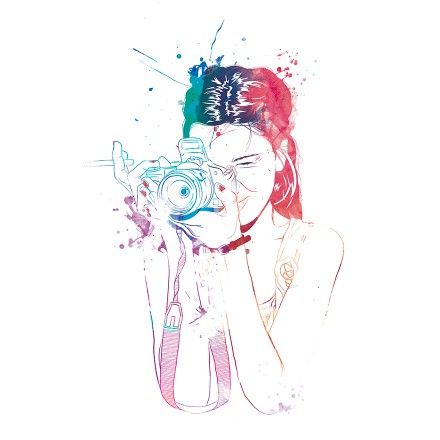

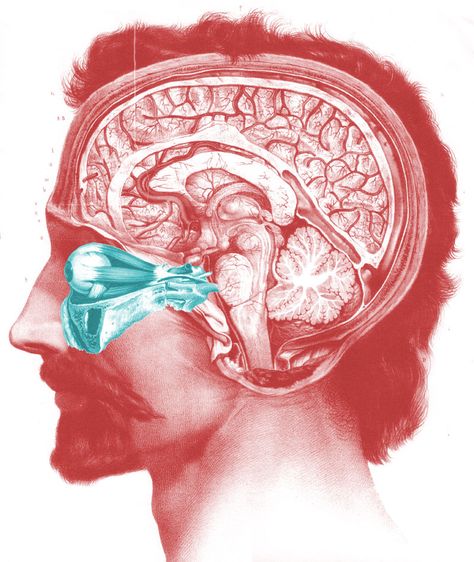







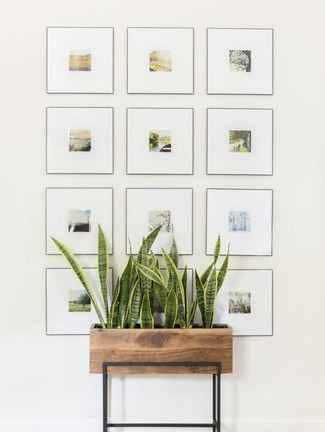



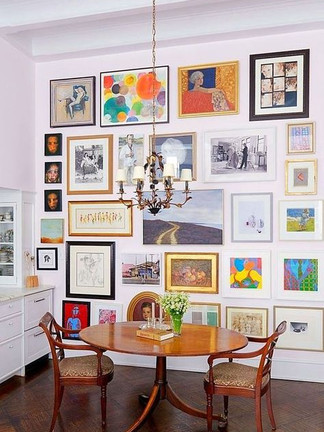











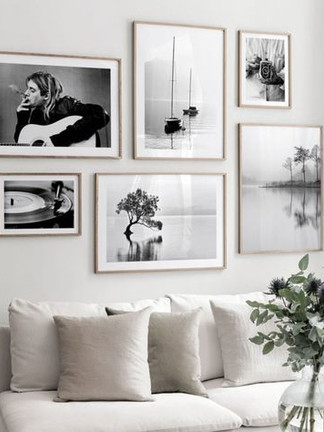











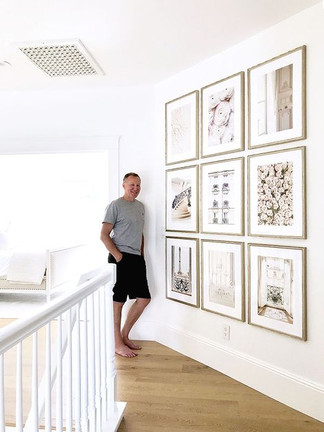



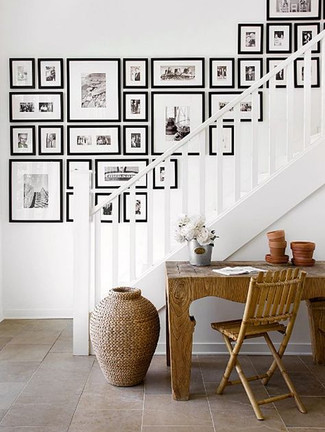







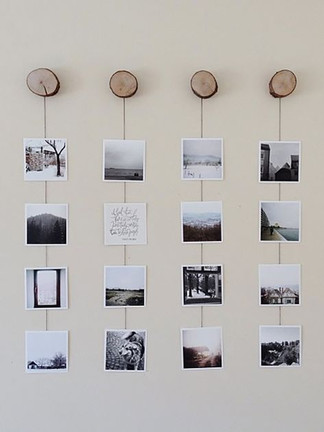













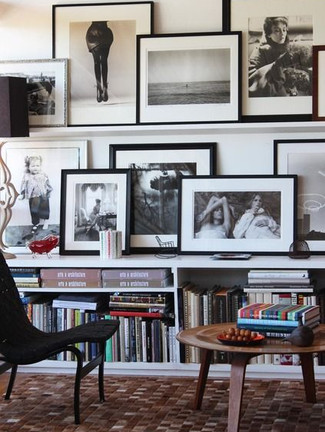



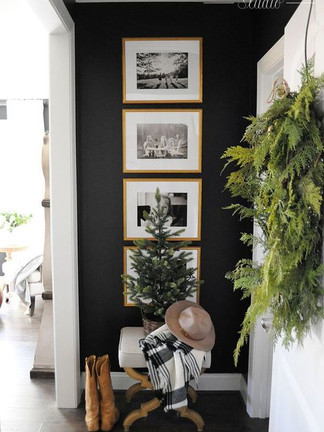









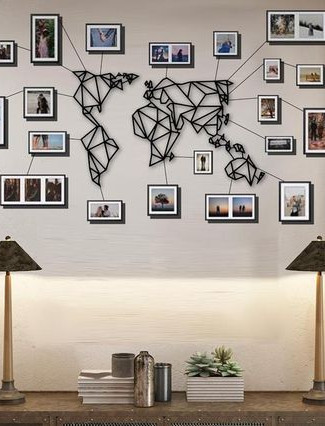



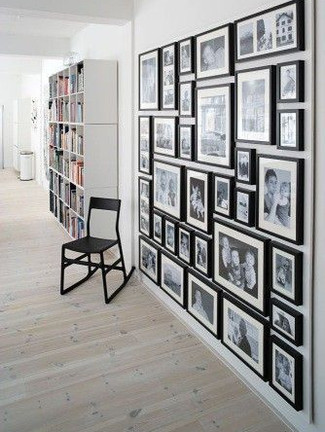





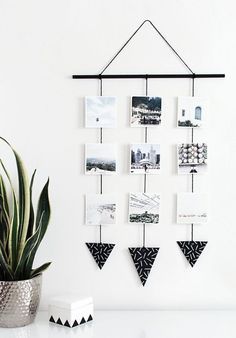







Comments